An article published by the Philippine News Agency (PNA) asserted that the term “red-tagging” was concocted and is being used by the Communist Party of the Philippines-New People’s Army-National Democratic Front (CPP-NPA-NDF) to protect their so-called “legal fronts.”
The article quoted Cristoni Latiban Monzon, who introduced himself in the article as a rebel returnee. “Red tagging is a word used by the communist group to cover and protect its legal fronts which the Commission on Election has unwittingly accredited via the party-list system,” Monzon was reported as saying in a recent virtual press briefing hosted by the National Task Force to End Local Communist Armed Conflict (NTF-ELCAC).
CLAIM:
CPP-NPA concocted the term ‘red-tagging.’
RATING:
FALSE
FACTS:
Red-tagging is neither an invention by the CPP-NPA nor did it originate from the Philippines. “Red-tagging’s roots are not Filipino but American, where the term ‘red scare’ is sometimes used,” remarked Filipino anthropologist Michael Tan in his column in the Philippine Daily Inquirer.
Tan explained that the first “red scare” came after the Bolshevik victory in 1917 and the eventual establishment of the Soviet Union headed by Russia. “The US saw the new powerful communist state as a threat to American capitalism,” Tan stated.
With the onset of World War II – and well into the 1950s – the rivalry of the US and the Soviet Union intensified and this contributed to the intensification of anti-communist paranoia and the red scare.
In an article in Jezebel, historian Kathryn Olmstead of the University of California explained that the practice of “red-baiting” or tagging individuals and groups as communists became a widespread form of attack during the administration of Franklin Roosevelt when he started the New Deal, a series of government programs meant to help and protect labor workers and their unions. Herbert Hoover, who lost to Roosevelt during the 1932 elections, rallied conservatives into denouncing the New Deal, which he equated to socialism and communism.
The practice of tagging government opposition as communists reached the Philippines as early as 1949 when the government formed the Committee on Un-Filipino Activities (CUFA) to go after the CPP and the Hukbo ng Bayan Laban sa Hapon (Hukbalahap) and their supposed sympathizers.
Red-tagging intensified during the Marcos administration when former Sen. Benigno S. Aquino Jr. – known critic of Ferdinand Marcos Sr. – was red-tagged and accused of colluding with NPA leaders Bernabe Buscayno, also known as “Commander Dante, and policeman turned guerrilla Lt. Victor Corpus. After getting red-tagged, Aquino was sentenced to death by firing squad for charges of subversion, murder and illegal possession of firearms.
WHY THIS MATTERS:
According to the United Nations News, red-tagging has become a vicious form of attack that criminalizes discourse, undermines the work of human rights defenders, and puts them at risk of violence. Several civil society organizations have also stressed that red-tagging is a potential death sentence. Human rights organization Karapatan has documented at least 78 people who were killed as a result of either red-tagging or anti-terrorism police operations in recent years. –Shem Peter Acal and Richmond Sapasap
Altermidya Network is part of #FactsFirstPH which brings together various sectors that are committed to promoting truth in the public space, and exacting accountability on those who harm it with lies. For those interested to join the initiative, email info@factsfirst.ph.
Read more articles here


![An article published by the Philippine News Agency (PNA) asserted that the term “red-tagging” was concocted and is being used by the Communist Party of the Philippines-New People’s Army-National Democratic Front (CPP-NPA-NDF) to protect their so-called “legal fronts.” The article quoted Cristoni Latiban Monzon, who introduced himself in the article as a rebel returnee. “Red […]](https://www.altermidya.net/wp-content/uploads/2022/03/RED-TAGGING-RED-FF-WEB-IMAGE.jpg)
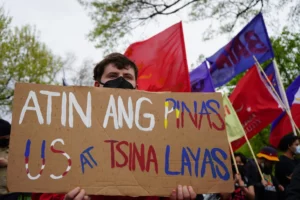
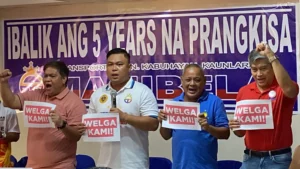
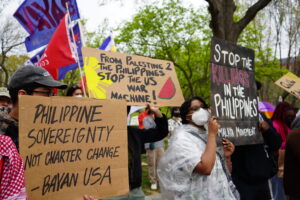
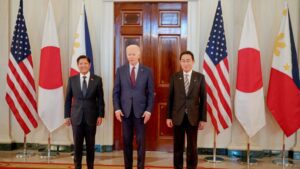
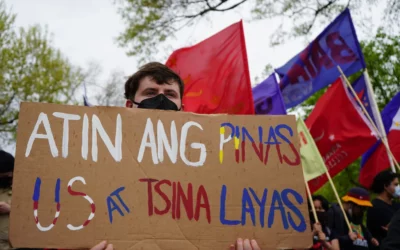
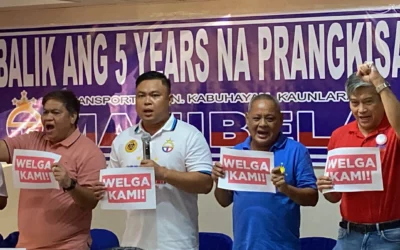
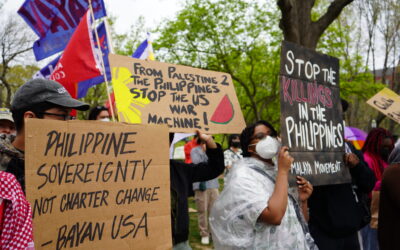
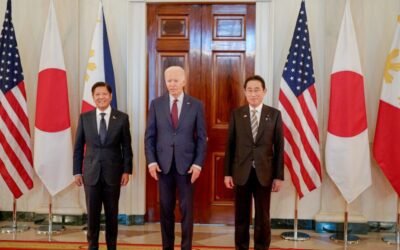
0 Comments